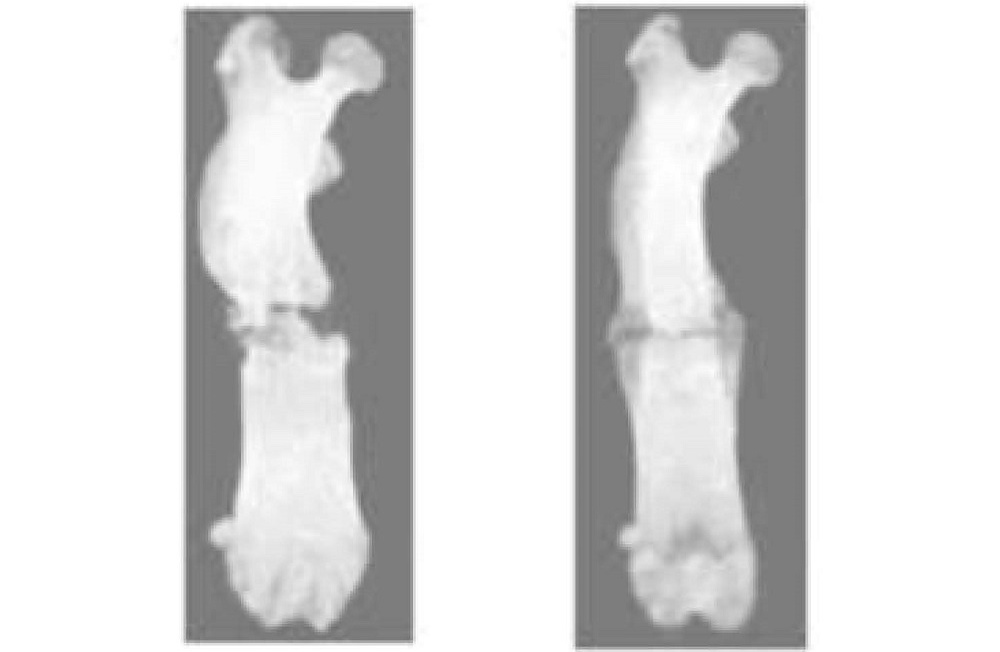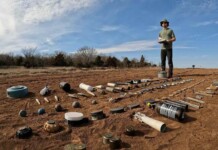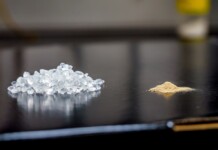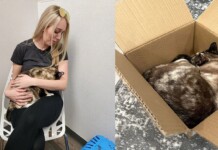
A new high-tech way of healing broken bones could take less time, and also make them over three times stronger.
The new treatment method uses plasma irradiation to promote faster bone healing in complex fractures, say Japanese scientists.
They have already successfully tested the technique on lab rats.
The team found that bones not only healed quicker but the strength of the healed areas after irradiation was also around 3.5 times stronger than that of non-irradiated ones.
Currently, fractures that are displaced or complex require surgery and possibly lengthy recovery times while the patient remains immobilized.
The research team led by scientists at Osaka Metropolitan University in Japan aimed to shorten recovery times and speed up bone healing by using non-thermal atmospheric-pressure plasma, which is attracting widespread interest for use in medical applications due to its tissue repair capacity.
One group of 24 animals had normal fractures which are generally easy to heal while the other group of 20 had fractures known as “non-union”, where healing is usually prolonged or does not complete.
POPULAR: ‘Off the Charts’ Hydrogel Outperforms Cartilage and May Be in Human Knees Next Year
The irradiation didn’t offer the normal fracture group any significant advantages, but boosted the healing and recovery time of the bones with non-union fractures.
The strength of the healed areas of the irradiated non-union group was also about 3.5 times stronger than that of the non-irradiated group, according to findings published in the journal PLoS One.
In vitro study of cells irradiated with the plasma for five to 15 seconds also showed that the activity of a protein that is an indicator of osteoblast differentiation increased, indicating that maturation of the bone-forming cells was progressing.
“Collaboration between the medical and engineering fields creates new medical technologies that have never before existed,” said Associate Professor Hiromitsu Toyoda.
“In the future, combining this treatment method with current fracture treatments is expected to contribute to more reliable bone fusion and shorter recovery times.”
SUCCESS IN THE WOMB: Baby That Had Spinal Surgery While in the Womb Can Now Walk and Run
SHARE This With Accident-Prone Friends on Social Media…



















